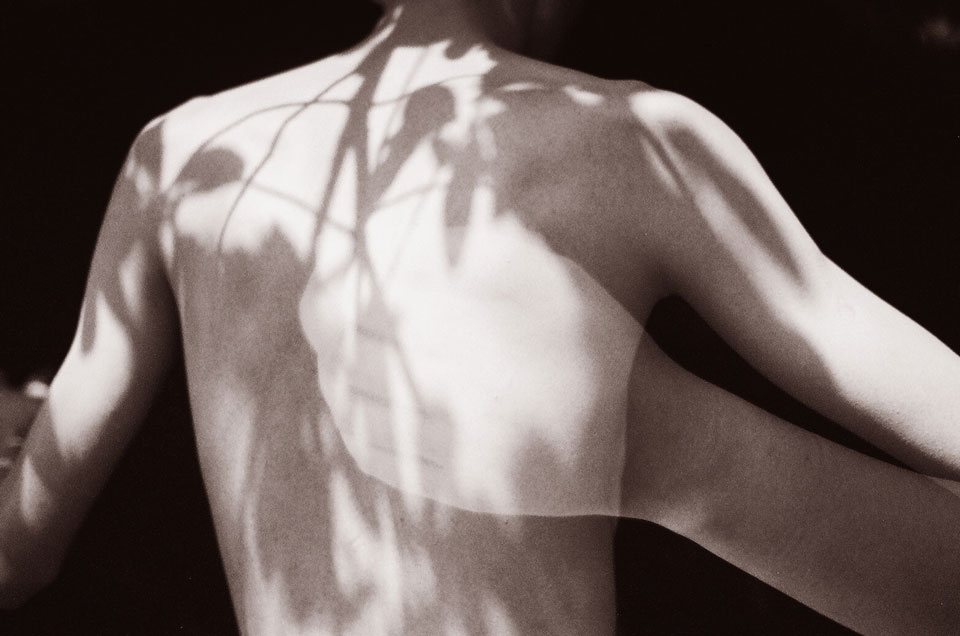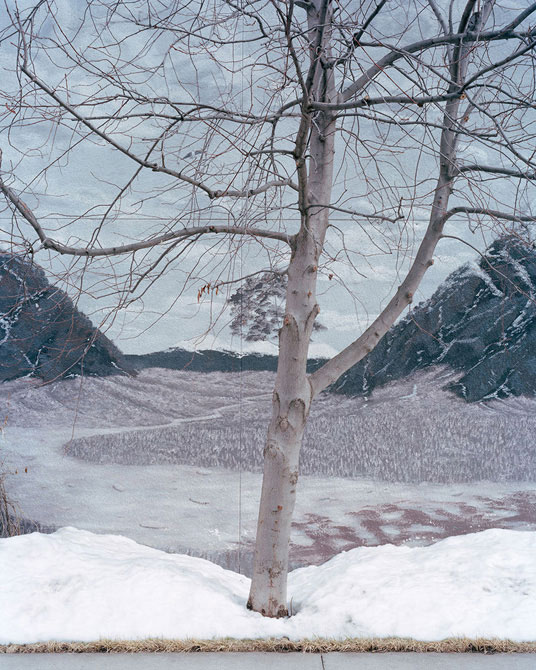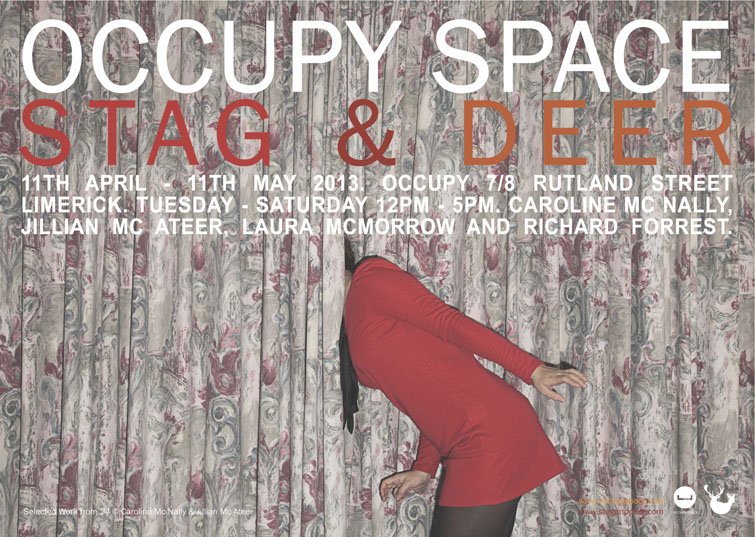The Fourth Wall (2012)
A photograph of two men in uniform climbing over a fence, escaping. A re-enactment of a moment that just passed. They do it over again with great pride and pleasure. Later I read an article in the newspaper. Two men use sleep-inducing gas to rob a struggling actress in her home; the same gas used in a 1972 super hit film in which a cook robs his landlord. An image that I’ve been planning to make for some time comes to mind – a thick cloud of smoke in a bedroom film set. Two men in uniform sitting in a park. I photograph them. They pretend to have just woken up. On a Bombay rooftop I make a portrait of a Salman Khan look-alike. Another article tells me how a young girl loses herself in this big city in search of her idol, Salman Khan.
I had come to India in search of the pot of gold only to find that that pot had been buried deep in my unconscious.
– Vijay Mishra, Bollywood Cinema: Temples of Desire
–
The Fourth Wall (2012) is available as a self published softcover book (192 pages / Edition of 1.000 / 35€) and may be ordered here.
–
Text by Simon Bainbridge.
British Journal of Photography magazine, UK, January 2013:
“Nowhere else is there such devotion to cinema as in India,” says Belgian photographer Max Pinckers, whose self-published book, The Fourth Wall, explores the extraordinary impact Bollywood has on wider society. “This fictional world seeps into reality and influences everyday life, dictating the perception and imagination of its audience.”
So, with this in mind, and instead of focusing on the more obvious manifestations of Indian movie culture, such as advertising billboards or Bollywood bling, he turned the streets of Bombay into his own set, inviting passers-by to participate. “The people in these images become actors by choosing their own roles, which they perform for the camera and its western operator,” he explains.
Conscious of the power of images, they give it their all, reflecting on their silver screen dreams by embracing their collective visual world and creating their own brief moments of suspension of disbelief.”
Using the language of documentary adds to this confusion of fact and fiction, capturing scenes in which it is unclear whether what we see is staged or a spontaneous moment. “A photograph of two men in uniform climbing over a fence, escaping,” for example, is “a re-enactment of a moment that just passed. They do it over again with great pride and pleasure.” For another tableau, “I read an article in the newspaper: two men use sleep-inducing gas to rob a struggling actress in her home, the same gas used in a 1972 hit film in which a cook robs his landlord. An image that I’ve been planning to make for some time comes to mind – a thick cloud of smoke in a bedroom film set.”
The book’s title refers to a different kind of rupture between reality and the celluloid world. “On a theatre stage that consists of three walls – left, right and back – the fourth wall forms the imaginary screen through which the audience sees the scene unfold. The actors, conscious of this barrier, tend to break through it now and then by hinting at their own fiction, acknowledging the camera and the act.” But now the 24-year-old has applied this concept to documentary photography by way of commenting on the paradoxes of his chosen medium. “The documentary photographer who captures reality as ‘a fly on the wall’ can’t deny his directive and manipulative role any longer. His anonymity, his seeming absence, is merely a pose. He is the one with all the power and he chooses ‘the decisive moment’. The tableaux that he captures are not lies, but enfold themselves within the studio that he creates from reality.”
During the making of Lotus, the first book he produced (working with Quinten De Bruyn, a classmate from the Royal Academy of Fine Arts in Ghent), he established a working method that aimed to expose this process.
One of the most important aspects is the balance between creating a spontaneous image that has a documentary value, but at the same time giving it a feeling of artificiality; a moment that seems to be happening in the spotlight or on a stage, yet at the same time very real.”
–
To see more of Max Pinckers‘ work and further images from this series, please visit his website
→ www.maxpinckers.be
All Images © Max Pinckers




